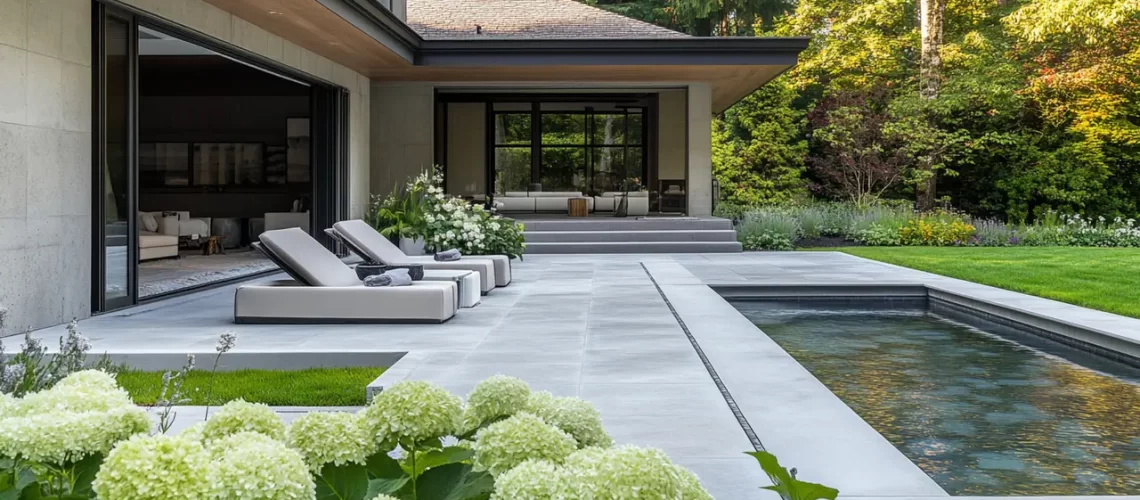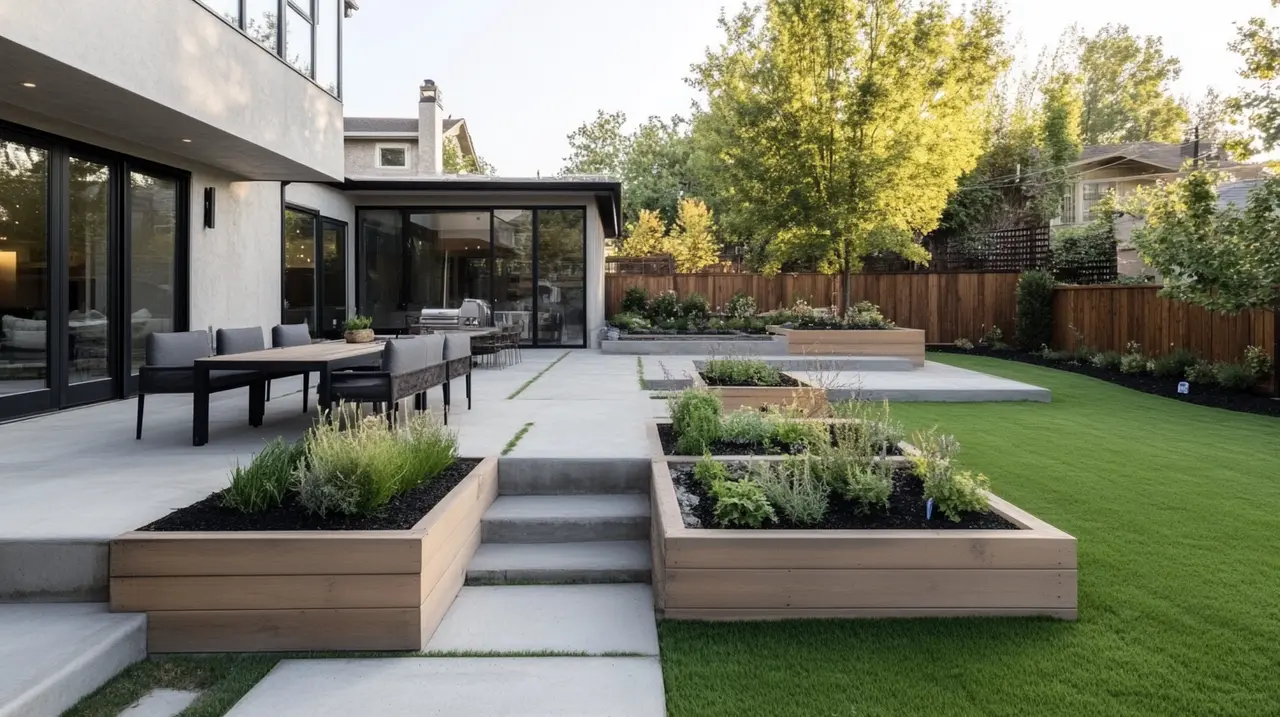Creating a bespoke garden is like painting a living masterpiece. Every detail reflects the owner’s personality and lifestyle, resulting in a space that’s as unique as a fingerprint. In this blog, we’ll explore the essential elements of bespoke garden design, offering inspiration and guidance for crafting a personalized outdoor oasis.
Understanding Your Space and Vision
The first step in bespoke garden design is understanding your space and defining your vision. What are the key features you want? Perhaps a serene retreat or a vibrant entertainment area? Considering these factors will guide your design choices. Begin by observing how sunlight moves through your garden during different times of the day. This awareness will help you choose the right plants and features, creating a layout that maximizes both the aesthetic and functional elements of your design. Also, think about the purpose of each area of the garden—whether it’s for relaxation, gardening, or socializing—this clarity is key to a successful design.
It’s also essential to consider the existing landscape and architectural elements. Are there features you want to highlight or aspects you’d like to conceal? Integrate these thoughts into your overall concept. Drawing inspiration from the latest trends in garden design can also spur creativity. From the rustic appeal of an open-air sitting room to the minimalist elegance of sand gardens, identifying what resonates with you will bring authenticity to your design.
Choosing Plants That Reflect Your Personality
Plants are the heart of any garden. Selecting species that thrive in your climate and align with your aesthetic can enhance the personalization of your garden. From lush greenery to colorful blooms, your plant choices can express your unique taste. Opt for bold and joyful planting schemes that mirror your personality and provide seasonal interest. For a modern touch, consider integrating drought-resistant plants into your design, a practice known as xeriscaping, which offers both beauty and sustainability amidst changing climates.
Furthermore, integrate native and pollinator-friendly plants to support local biodiversity. This not only brings life to your garden but also contributes to larger environmental goals. By creating a space where nature thrives, you’re cultivating more than just a garden—you’re fostering a small, vibrant ecosystem. Choosing a mix of perennials, annuals, and evergreens ensures year-round interest and continuity in your garden’s visual narrative.
Incorporating Unique Features and Structures
Adding structures like pergolas, water features, or sculptures can infuse charm and functionality into your garden. These elements should serve as focal points and enhance the overall design concept, reflecting your personal style. Tailor structural elements to fit your vision; a pergola might offer a shaded reading nook while a flowing water feature brings tranquility and harmony.
Consider using recycled materials for your structures—a trend that not only offsets costs but also adds character, reducing the ecological footprint of your project. Repurposing materials can create distinctive textures and stories within your garden. Such thoughtful integration of design and ecology respects both tradition and innovation, yielding spaces that are as functional as they are enchanting.
Understanding the Importance of Texture and Color
Texture and color play crucial roles in garden design. Mixing different textures through foliage and incorporating a harmonious color palette can elevate the visual appeal and coherence of your garden. Look towards warm, natural tones that complement your existing architectural details. As trends move towards embracing warm shades and heritage materials, consider how these elements connect with nature.
Utilize textures to create focal points and guide the eye through the garden. Pair soft, wispy grasses with rough-hewn stone paths to create contrast and rhythm. Deploy seasonal colors strategically to create changing sceneries that captivate throughout the year, offering a fresh perspective with each season.
Integrating Sustainable Practices for a Greener Environment
Consider sustainability in your garden design. Using native plants, creating habitats for wildlife, and incorporating water-saving techniques make your garden not only beautiful but eco-friendly. Rain gardens and natural water runoff systems reduce reliance on irrigation, while wildlife-friendly installations like birdhouses or insect hotels bolster biodiversity.
Implementing sustainable practices aligns with the growing trend of environmentally conscious gardening. These methods ensure your garden stands as a testament to sustainable living, offering a green sanctuary that supports the ecosystem. Beyond its visual beauty, a sustainable garden reflects a responsible approach to the planet, underlining an intrinsic connection to nature.
Personalizing with Outdoor Living Spaces
Designing areas for relaxation, dining, or entertaining outdoors enhances practicality and enjoyment of your garden. Personalize these spaces with furniture and decor that match your lifestyle, making the garden an extension of your home. Defined areas not only enhance functionality but also emphasize experiential living—whether it’s a tranquil nook for morning coffee or a grand terrace for summer gatherings.
Explore the idea of integrating smart technology into these spaces to optimize comfort and convenience. Smart lighting and automated climate control ensure optimal outdoor experiences regardless of the season. By embracing innovations in outdoor living, you seamlessly blend modern capabilities with natural charm, creating a versatile space that evolves with your needs.


